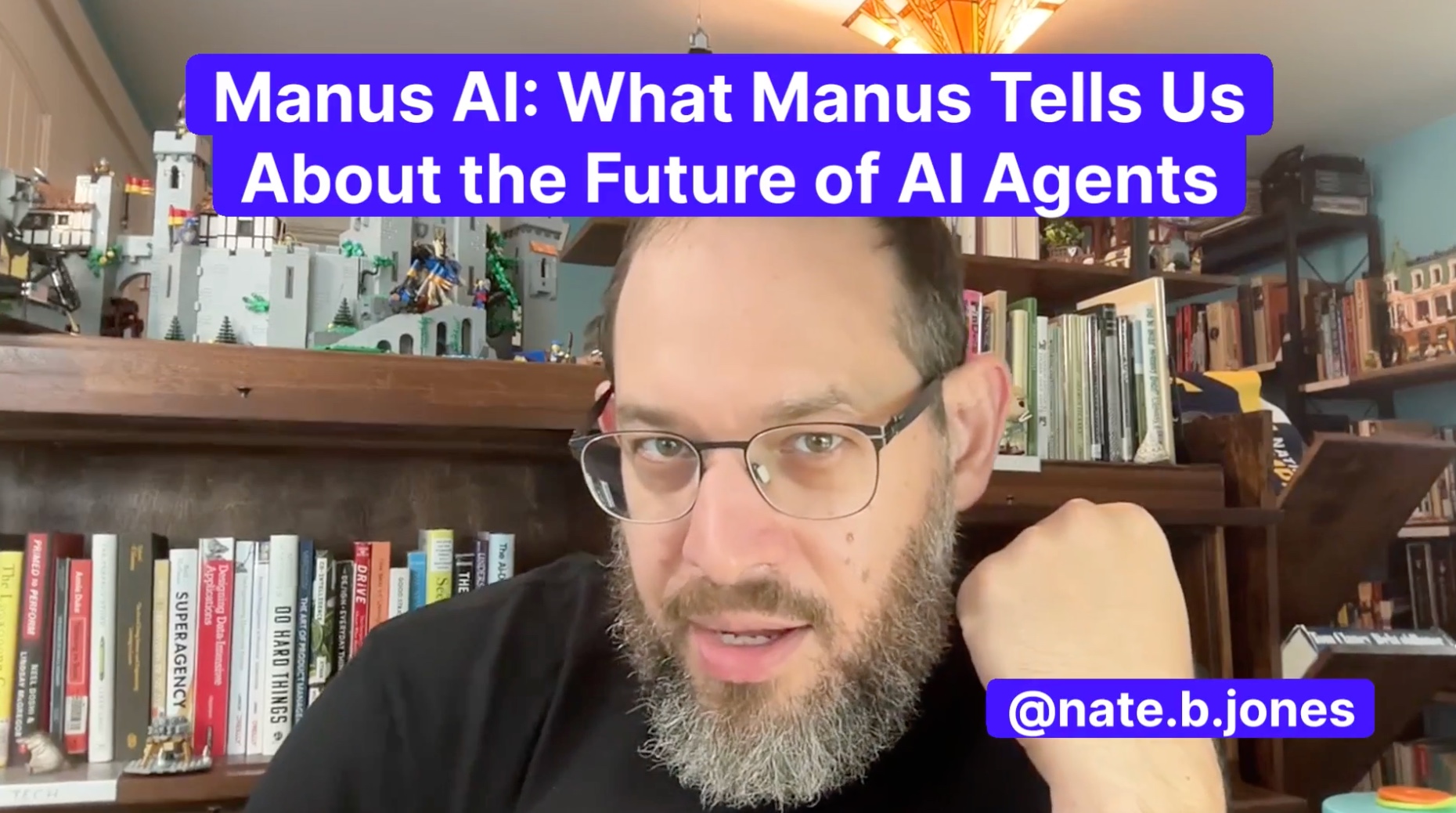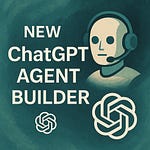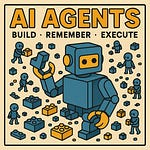Everyone's building individual AI agents. Almost nobody's figured out how to make them work together.
And it’s hard to get your agents to work as a team when we can’t agree on what we even mean by AI agents! The truth is nobody has figured out how to talk coherently about how many different types and classes of AI agents are out there—we’re all swimming in an ocean of AI agent hype, but practical guides are thin on the ground.
I've been writing about AI agents for months now. Yesterday I shared my deep dive into n8n—showing you how to build workflow agents, connect APIs, handle errors, all the practical stuff. That guide ran 20,000+ words because I wanted to document everything: what actually works, what breaks, what's worth your time. That whole n8n guide was focused on the problem of building really good individual agents.
This guide goes to the next level.
Because even when you get good at building individual agents, orchestrating multiple agents to work together is a different beast entirely. You end up manually copying outputs from one system to another, trying to coordinate work that should be coordinated automatically.
That's where Manus comes in. And I need to explain what Manus actually is, because I don’t think it’s been properly classified.
Manus is not an agent. It is not a collection of agents (as often reported). No. Manus is an autonomous AI agent platform. Not a chatbot, not a workflow builder—it's a system that can plan and execute complete projects with minimal supervision. You give it a high-level goal like "analyze my competitors and create a report" and it breaks that down into steps, executes them using specialized sub-agents, and delivers finished work.
The difference matters. With ChatGPT, you're having a conversation. With n8n, you're building the exact workflow. With Manus, you're describing an outcome and letting it figure out the path. It's not better or worse—it's a different layer of the stack.
And I’ve chosen Manus because in many ways it is the easiest path into multi-agent orchestration—and all the productivity unlocks that you get with multiple agents working the same problem.
So why now? Manus launched in March after all.
Well the truth is Manus wasn’t mature enough for a guide like this in March.
That’s why I'm writing about this now: Manus is finally through the teething problems associated with launch in the spring. I think it’s worth paying attention to now as the product has matured, and I want you to have the resources to use it properly.
With that in mind, I've assembled what's probably the most comprehensive collection of Manus resources available anywhere. And that’s not all! I think part of the issue with Manus is that understanding and classifying agents is hard, so I’ve assembled a framework for understanding autonomous agents—not just Manus, but the whole category—needs to be spelled out clearly. We need shared language for talking about what these systems can and can't do.
Here's what's in the box with this article:
The 178-page Manus AI Handbook - This is the real technical documentation. How the three-layer architecture works (planning, execution, validation). What it can actually do (web browsing, code generation, data analysis, API calls, deployment). What it struggles with (perfect accuracy, deep expertise, real-time tasks). Actual case studies with numbers. If you wanted to understand Manus deeply, this is what you'd need.
My Substack article - I've walked through specific Manus examples with my testing notes. Where it shines (complex multi-step projects), where it falls apart (tasks needing specialized knowledge), and when you should use it versus other approaches.
Two live dashboards Manus built - Not mockups. Manus actually built these itself:
A SaaS metrics dashboard with synthetic data - Manus worked hard on this one, generating realistic sample data and building the full visualization layer
An AI agents explorer showing the MACE (Multi-Agent Collaboration Engine) concept I introduce in the Substack. These demonstrate that Manus builds simple, fully functional applications, not just text outputs. You can click around, interact with them, see how they work.
Manus's guide to itself - I asked Manus to document its own capabilities. It's surprisingly honest about its limitations. Worth reading to understand how these systems see themselves.
Why naming the framework matters (and it’s not boring):
We're terrible at talking about AI agents. People say "AI agent" and might mean a chatbot, a workflow automation, a research assistant, or an autonomous system. That confusion is holding us back.
The framework I'm documenting distinguishes between:
Workflow agents (like what you build in n8n - defined steps, deterministic execution)
Conversational agents (like ChatGPT - respond to prompts, maintain context)
Autonomous agents (like Manus - plan and execute projects independently)
This isn't academic navel-gazing. It's practical. When someone says they want an "AI agent," you need to know which type they actually need. Most businesses need workflow agents. Some need conversational agents for customers. And yes, most probably need autonomous agents, but they don’t know how to specify that request and usually get it mixed up with workflow agents! My goal is to take the spaghetti bowl of AI agents and untangle those threads a bit so we all get less confused.
Why Manus specifically is worth a hefty guide:
Three reasons:
First, it's accessible. $39-199/month versus $50,000+ for custom development. That democratizes capability that was previously enterprise-only.
Second, as of the last month or two it actually works. Marketing agencies are getting 3x content output. Financial firms are compressing analysis from days to hours. These are real numbers from real implementations, not demos.
Third, it shows us where this is all heading. Manus isn't perfect—it still sometimes hallucinates, gets stuck in loops, makes confident mistakes. But it's now good enough to be useful for real work today. And understanding its patterns helps you prepare for what's coming in fall of 2025.
The practical reality:
Here's what using Manus actually looks like. You give it a task: "Create a competitive analysis for [company]." It breaks that down: research competitors, analyze features, compare pricing, identify gaps, create report. It spins up different agents for each part, coordinates their work, combines outputs, and delivers a document.
Is it perfect? No. You'll need to review and edit. But it turns a week-long project into a few hours of work. That's the trade-off.
If you've built agents with n8n, think of Manus as the orchestration layer above your workflows. Your n8n agents handle specific, well-defined tasks. Manus figures out which tasks need doing and coordinates them.
If you're new to all this, these resources give you the complete picture: what's actually possible today, what's still hype, and how to tell the difference.
The shift from "AI as a tool" to "AI as a project executor" is happening now. Not in some theoretical future—right now. Companies that figure this out are operating at a different scale than those still copying and pasting between ChatGPT windows.
That's what's in the box. That's why it matters. Let me show you exactly how it works and why I think Manus shows us the future of AI agents.
PS. Why do I write these long guides? The answer is simple: in the age of AI it’s much more useful to everyone to have a complete and useful resource text that you can look up information in directly, read through, or use an LLM to interpret—I know readers who do all three! The point is that the quality of your usage with AI depends on the quality of information you have about that AI tool—and the more complete I am, the more well-equipped you are for making good use of these tools.
Listen to this episode with a 7-day free trial
Subscribe to Nate’s Substack to listen to this post and get 7 days of free access to the full post archives.













